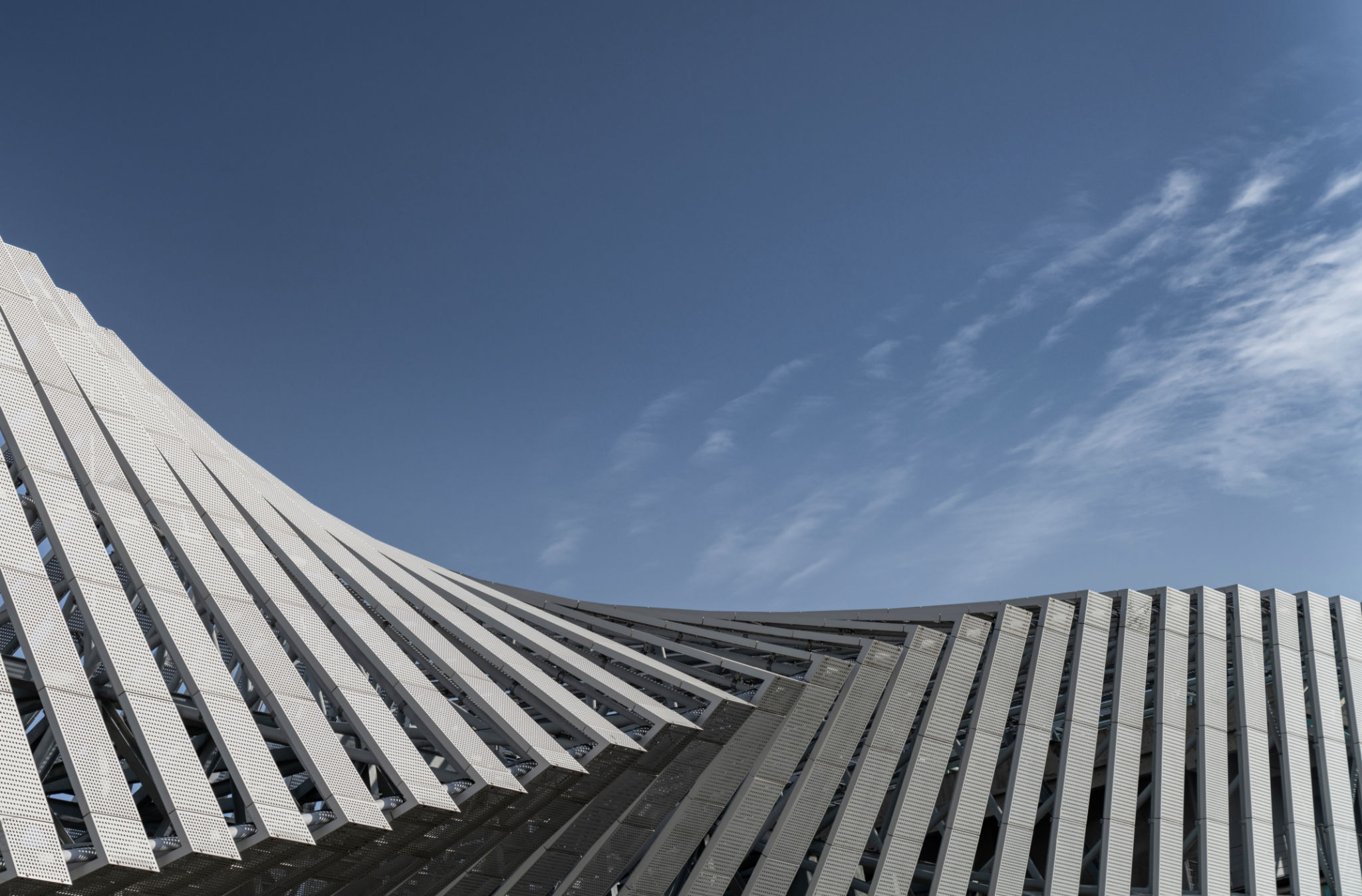A Guide to Choosing Between Traditional and Modern Architectural Styles
Sa
Understanding Traditional Architectural Styles
Traditional architecture is deeply rooted in history, often reflecting the cultural heritage and building practices of a region. This style is characterized by its use of classic forms, symmetry, and an emphasis on ornamental details. For homeowners who appreciate the charm and elegance of the past, traditional styles offer a sense of nostalgia and timelessness.
Key elements of traditional architecture include materials such as brick, stone, and wood, which are often used to create intricate designs. Common traditional styles include Victorian, Colonial, and Georgian, each with its own unique features and history.

The Appeal of Traditional Styles
One of the primary reasons people choose traditional architecture is its ability to evoke a sense of warmth and coziness. The use of familiar materials and designs can create a welcoming atmosphere that feels like home. Additionally, traditional homes often have a craftsmanship quality that is highly appealing to those who value artistry in construction.
Exploring Modern Architectural Styles
Modern architecture, in contrast, emphasizes simplicity, functionality, and innovation. This style often features clean lines, open spaces, and a lack of ornamentation. It focuses on creating structures that are both aesthetically pleasing and highly functional.
Modern architectural styles prioritize the use of new materials and technologies. These homes often incorporate elements such as steel, glass, and concrete to create minimalist designs that are sleek and contemporary.

The Benefits of Modern Styles
Modern architecture offers several advantages, including energy efficiency and sustainable design. By utilizing cutting-edge technologies, modern homes can be more environmentally friendly. Additionally, the open floor plans typical of modern designs allow for greater flexibility in living spaces, making them ideal for contemporary lifestyles.
Factors to Consider When Choosing a Style
When deciding between traditional and modern architectural styles, it's important to consider several factors:
- Personal Preference: Reflect on which style resonates more with your personal taste.
- Location: Consider the surrounding environment and how the architectural style will complement it.
- Budget: Traditional styles may require more investment in detailed craftsmanship, while modern styles might involve higher costs for innovative materials.

Balancing Tradition and Modernity
Many homeowners find themselves drawn to elements from both traditional and modern styles. It's possible to blend these approaches by incorporating classic materials with contemporary designs. This fusion can result in a unique home that captures the best of both worlds.
Ultimately, whether you lean towards traditional charm or modern innovation, the key is to choose a style that suits your lifestyle and preferences. Both architectural styles offer distinct benefits, and your choice should reflect what makes you feel at home.